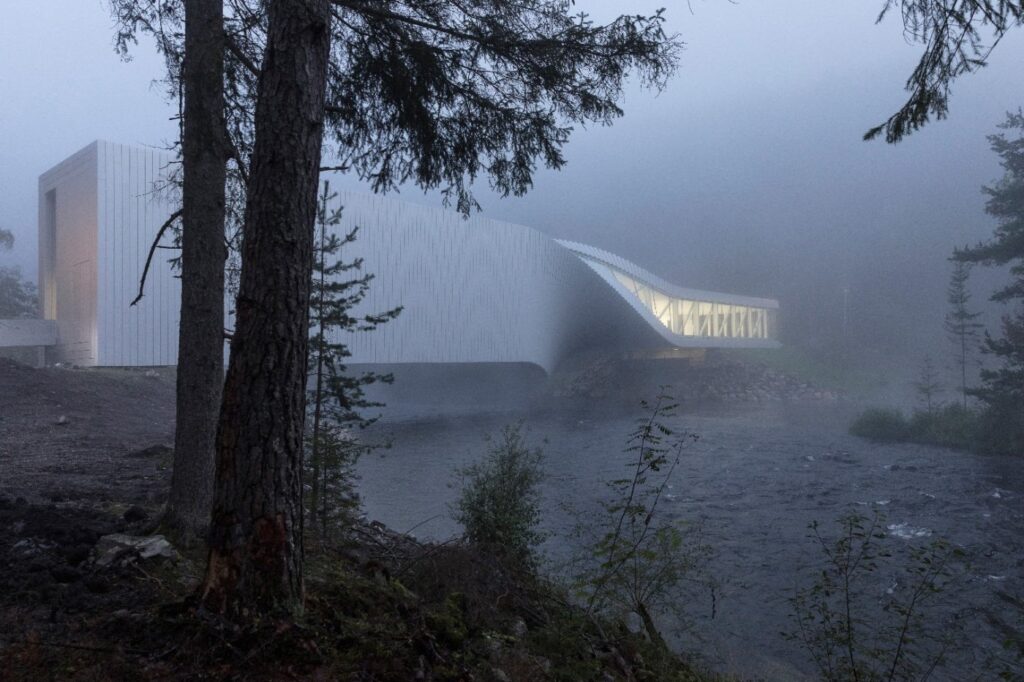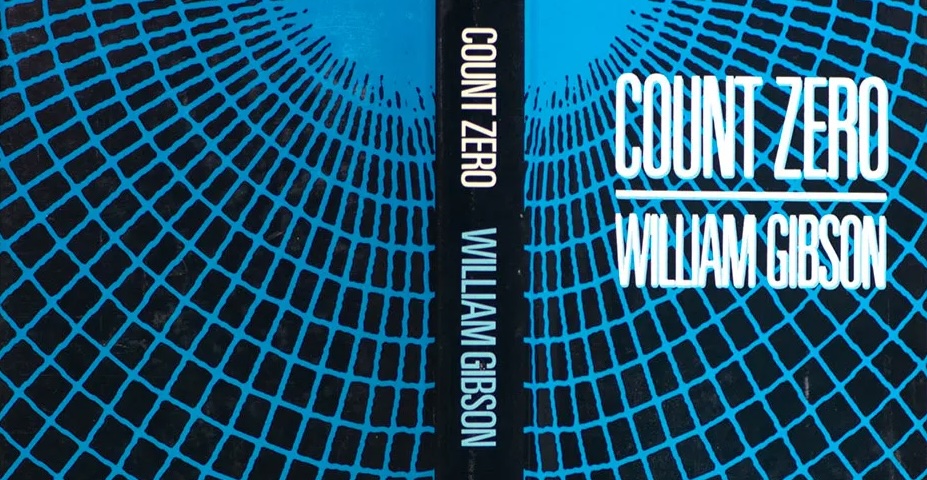The road to Jevnaker, Norway runs north from Oslo, a little more than an hour, past fields and low hills, into the deep green of spruce and pine. In August, the air is warm, almost heavy with the weight of summer’s last days. The scent is a slow blend of resin bleeding from the bark, damp earth cooling in shadow, and, far off, the faint ghost of wood-smoke from a farmhouse chimney.
The forest opens without warning. The Randselva river appears — slow, black, reflective — and over it hangs The Twist. A structure caught mid-motion, as if the river itself had bent the building into place.
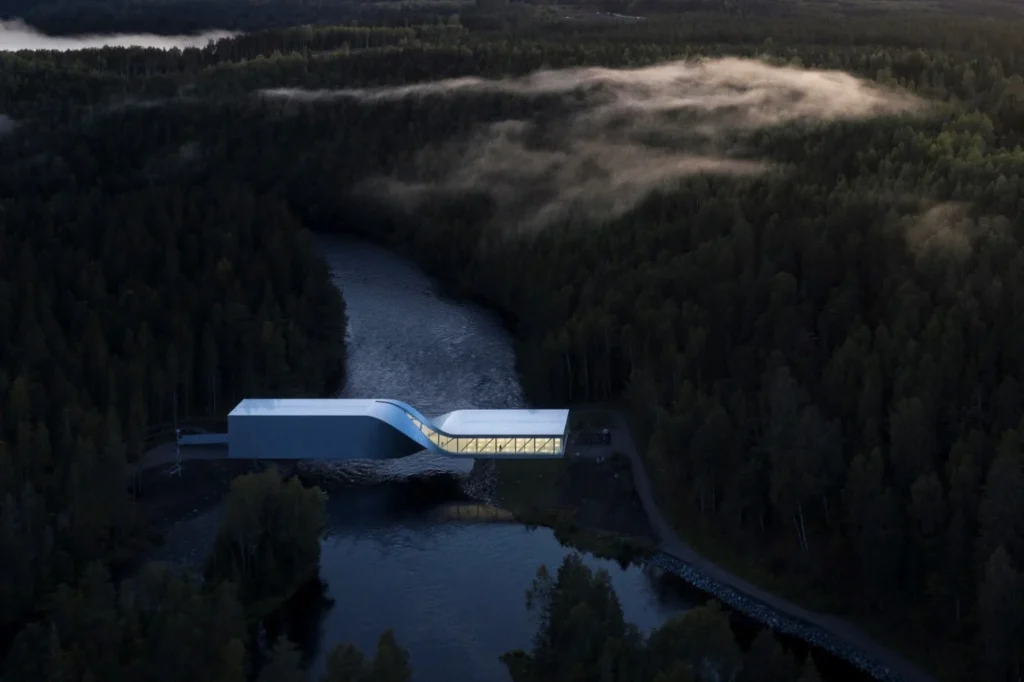
It is 1,000 square meters — 10,764 square feet — of aluminum and glass. Part museum, part bridge, part inhabitable sculpture. Designed by Bjarke Ingels Group for the Kistefos Museum and Sculpture Park, it was completed in 2019 to connect the two sides of the park and create a continuous loop for visitors. The sculpture park itself is set on the grounds of an old paper mill, its banks dotted with works by Olafur Eliasson, Yayoi Kusama, Lynda Benglis, Jeppe Hein, and Anish Kapoor.
BIG’s concept was simple in its clarity: place the required volume across the river as a bridge. Twist the form 90 degrees between its ends. In the south, the building rises from the lower forest floor; in the north, it meets the hillside. One end is a pure box. The other, a warped sculpture. The twist itself is the transition between vertical and horizontal — between an enclosed, introverted space and a panoramic, extraverted one.

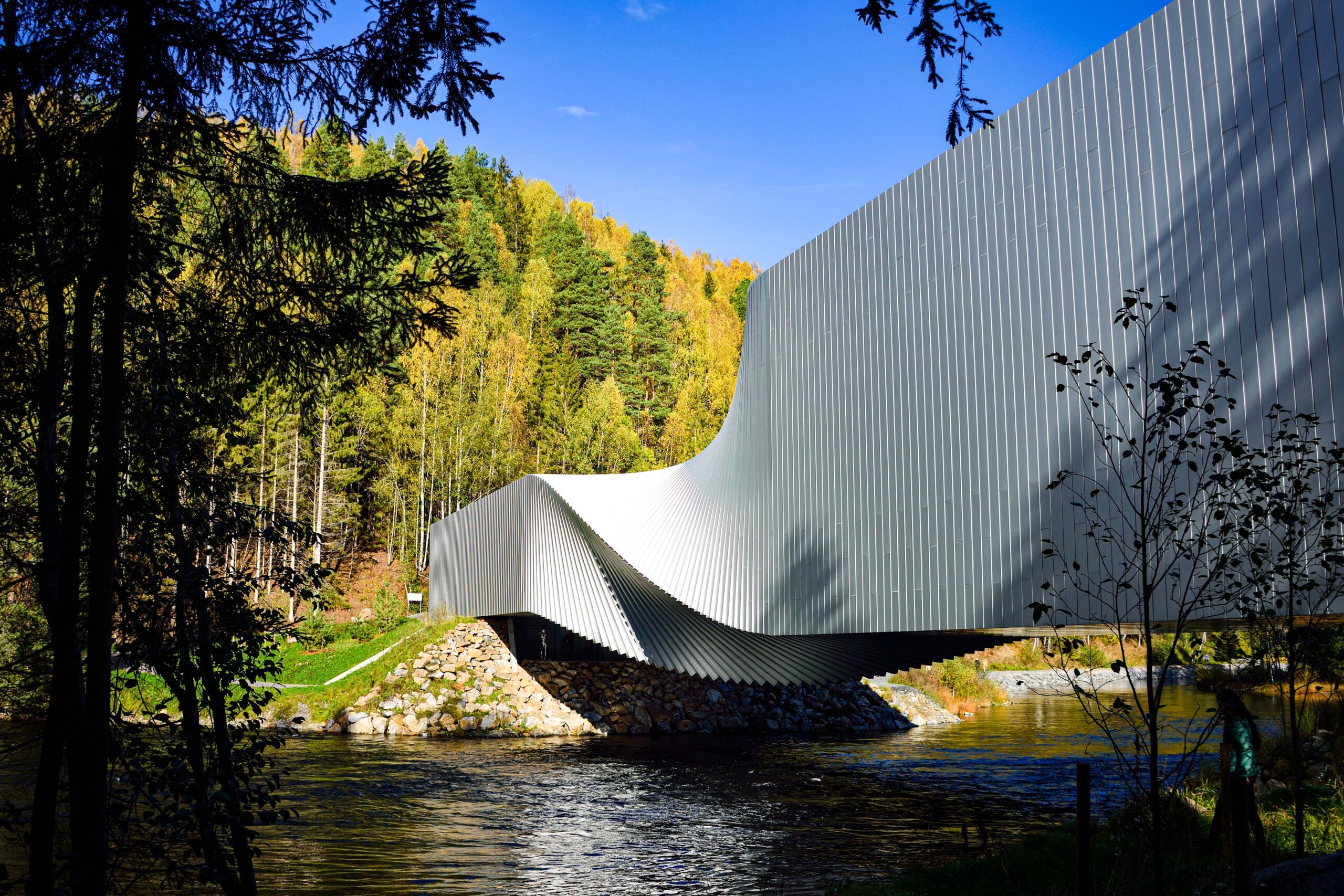
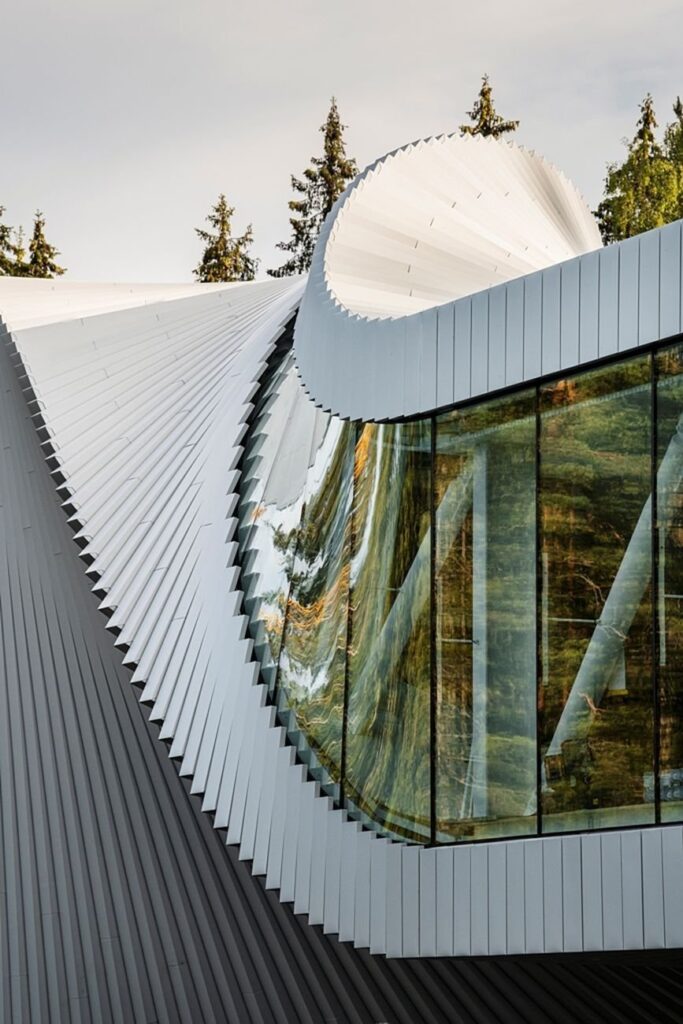
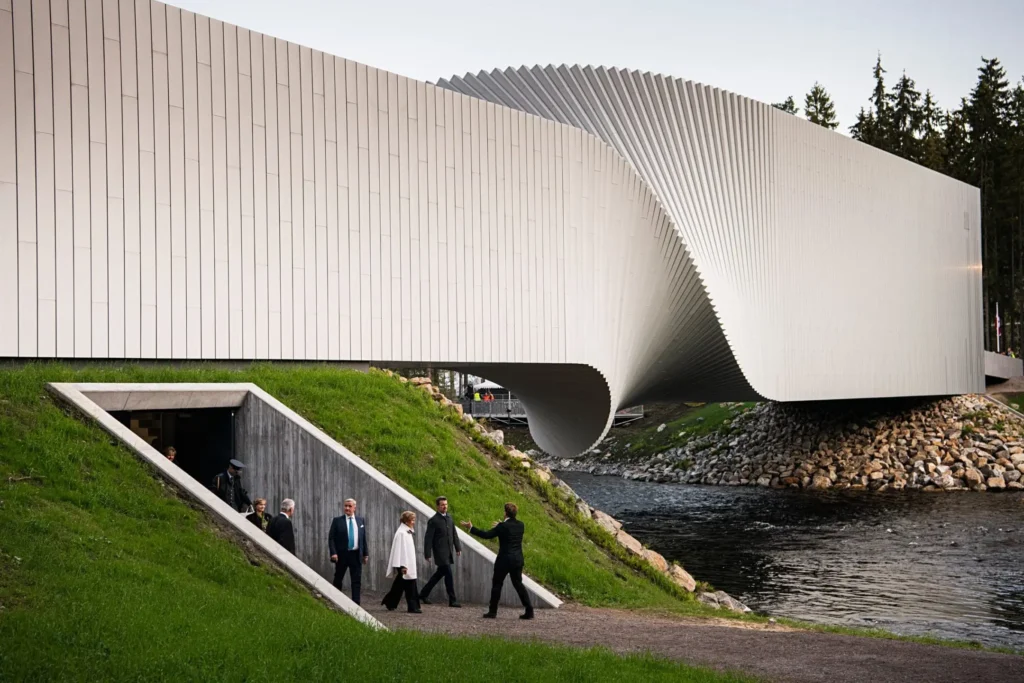
From the south bank, you step onto a 16-meter aluminum-clad steel bridge. The panels — each 40 centimeters wide — are arranged like the pages of a giant book, slightly fanned. Beneath you, the river moves, its cool breath rising through the open space. A fish breaks the surface. The sound is small but carries far in the evening air.
Inside, the shift is immediate. White-painted fir slats, eight centimeters wide, run unbroken from floor to wall to ceiling. It is a skin of wood, clean and precise, a uniform backdrop for Norwegian and international exhibitions. The building begins to rotate around you — floor becoming wall, wall becoming ceiling — until the twist resolves and you find yourself in the north gallery.

The first space you pass is vertical and enclosed. Artificial light fills it with a steady, measured tone. You hear your own breathing. You are aware of your own footsteps on the wood floor. Past the midpoint, the building opens, and daylight replaces the electric glow. The north gallery stretches wide, panoramic glass from floor to ceiling framing the river and the old pulp mill. A narrow skylight strip — just 25 centimeters wide — runs the length of the glass wall, catching the last August light and pouring it along the interior like a ribbon of silver. You rest your hand against the glass. It is cool. The air carries the smell of river water, green and mineral.
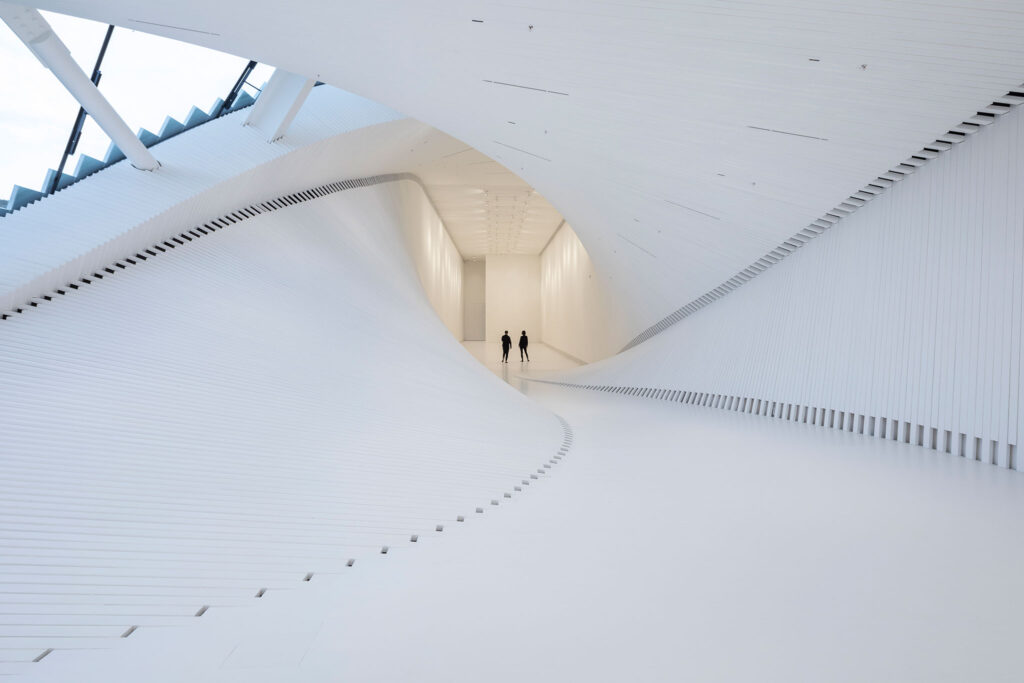
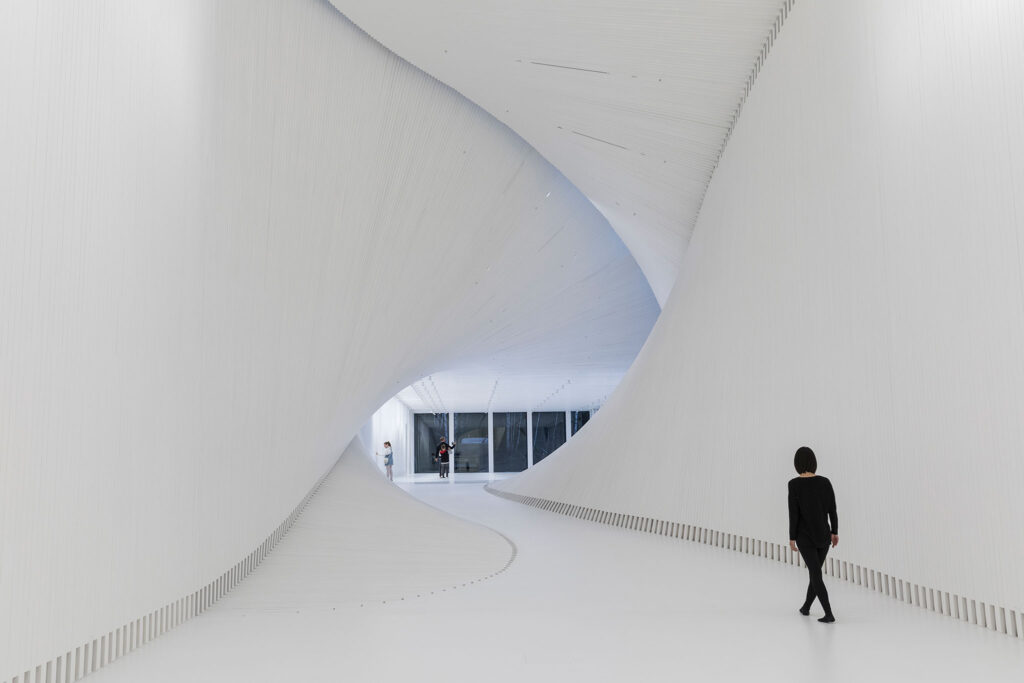
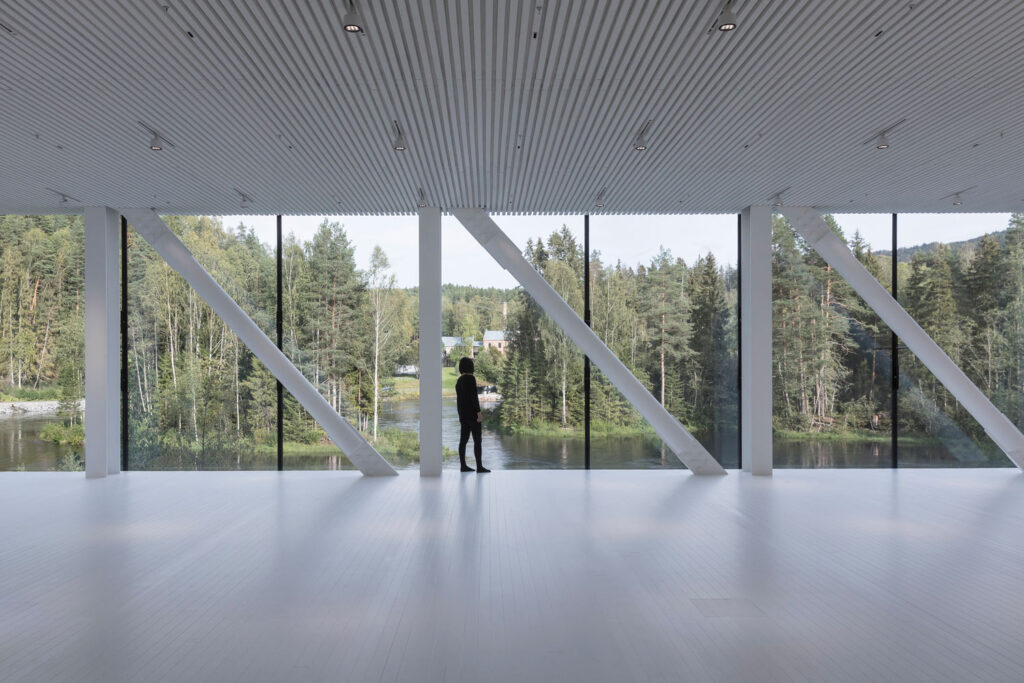
In the café at the north end, the terrace looks out across the water. The forest breathes out its stored heat into the cooling night. Resin is strong in the air, cut by the sharpness of crushed needles underfoot. Somewhere, a bird calls once, and the sound vanishes into silence. In summer, the café spills outside onto a plateau where guests linger long after sunset.
From here, a glass staircase descends to the lower level on the north embankment. The underside of the building’s aluminum skin becomes the ceiling. Another wall of glass brings the river closer still, its current catching the deepening blue of the sky. The air here is cooler, touched with moss and wet stone.
The Twist’s geometry is not just form — it is experience. From the south, you begin enclosed, looking inward. You pass through the twist — that brief, sculptural compression — and emerge into a space that looks outward. The transition is felt as much as seen. Light changes. Sound shifts. The air carries different scents. The building uses these to create a rhythm: contraction and release, shadow and view, forest and river.
It is an abstract shape in the landscape, yet also deeply contextual. On one side, it is the straight geometry of a bridge. On the other, the complex warp of a sculpture. It is made of straight aluminum panels outside, straight fir slats inside, yet the twist makes them appear to curve. It is a camera shutter you can walk through. A single gesture that binds together two very different spaces.
Standing outside again on the south bank, you look back at it. In the falling light, the aluminum holds a faint warmth from the day. The forest on either side leans in, as though to reclaim it. The river beneath keeps moving, dark and steady.
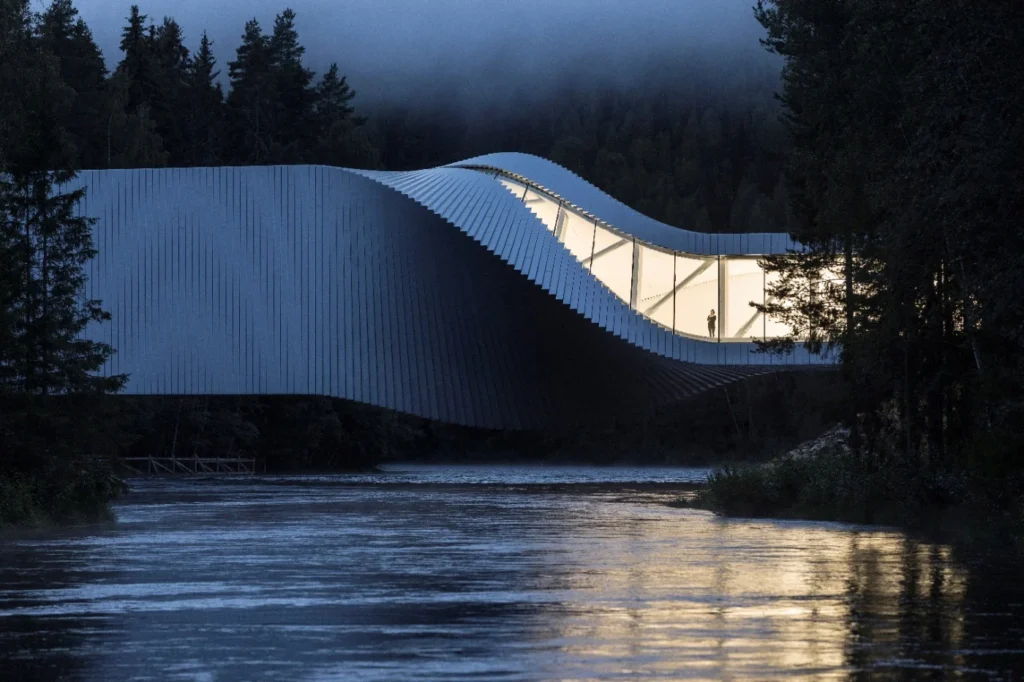
You realize this place doesn’t demand attention. It offers it back to you. It doesn’t speak loudly, but it sharpens what you hear: the water against stone, the faint groan of steel, your own breath. It sharpens what you smell: resin in the night air, the mineral edge of the river. It sharpens what you see: the bend of light on metal, the shadow of a tree across glass.
You came here for quiet. You found it. And in that quiet, you found the small things that stay — the weight of air before dark, the curve of a wall that becomes a ceiling, the sound of water under steel. These are enough to carry with you when you leave. These are enough to remind you who you are when the noise starts again.
